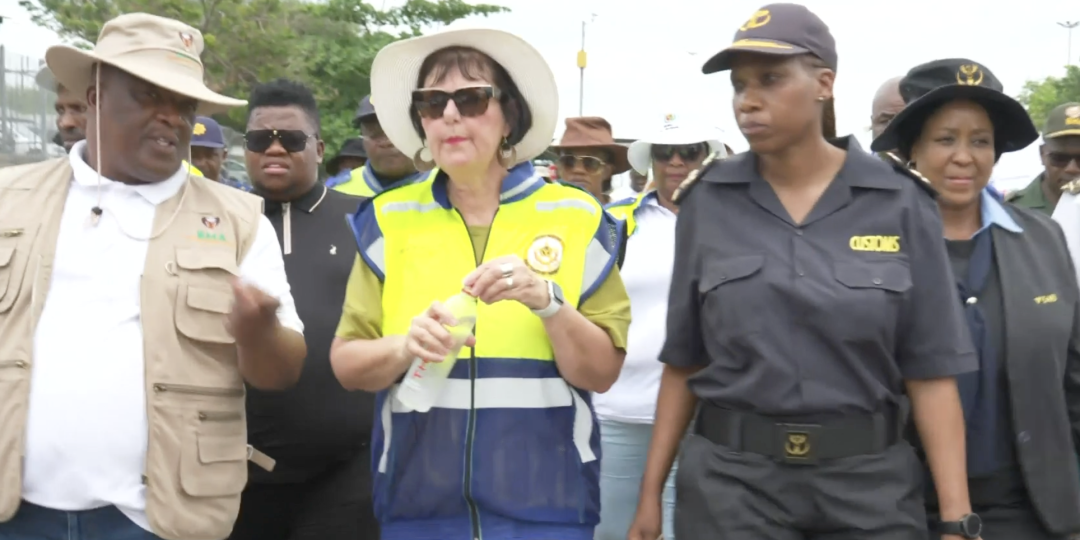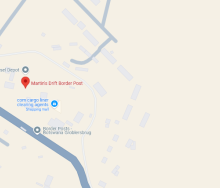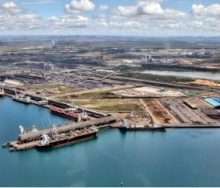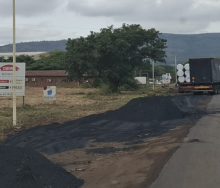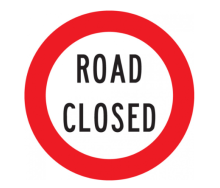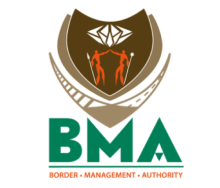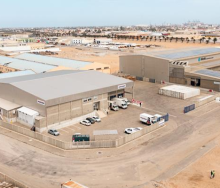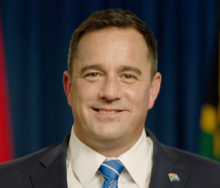Transport minister Barbara Creecy has intervened in the crisis facing the Lebombo border post to find a solution to decongest the queue of trucks that were waiting to cross into Mozambique at the weekend.
Creecy and officials from the department visited the border post on Monday to receive first-hand information on the work that has been done to decongest the queue.
“Since 8am on Saturday morning, we received reports of the closure of the border, which had resulted in trucks queuing on the South African side. The queue reached distances of more than 20 kilometres, and this brought other challenges,” Creecy said.
She added that the Mozambican authorities had opened the border to allow empty trucks to return and passenger vehicles to leave the country.
“Since yesterday, the passenger vehicles have also been allowed to cross the border into Mozambique. To address this challenge, my department is working with the Cross-Border Road Transport Agency (C-BRTA) and other law enforcement agencies to develop a plan to address this dire situation,” she said.
“Our country’s border authorities are in touch with their Mozambican counterparts, who will advise when it is safe for freight vehicles to cross the border.”
Creecy said CBRTA was also in touch with the trucking industry to update them on the current situation.
“This situation has happened on a number of occasions in recent times. We plead for patience from the truck drivers who are having to stomach a very frustrating situation and spend long hours on the road,” she said.
Meanwhile, as the festive season approaches and traffic congestion increases on local roads, Creecy highlighted the negative impact of road crashes on the economy, families and communities.
“In addition to the human cost, last year (2023), road crashes cost our economy no less than R205 billion. This translates into almost three percent of GDP for 2023,” Creecy said.
“According to the most recent data collected at the end of Friday, December 6, 162 fatal crashes and 193 deaths had been recorded this month.”
Gauteng and Kwazulu-Natal have the highest number of accidents and fatalities, with a concentration of incidents in the metros.
“While current figures represent a decrease when compared to the same period last year, these figures are still too high. Preliminary analysis of the figures indicates a high number of buses and trucks involved in accidents, with most of the accidents occurring after dark,” she said.
Creecy added that her department would be holding urgent meetings with bus and truck operators as well as traffic management authorities to confront the issue in these regions.
“Road traffic operations in the first five days of December stopped nearly 200 000 vehicles and made 512 arrests. The top five offences include speeding, driving without a seat belt, driving an unlicensed vehicle, driving without a driving licence, and driving a vehicle with worn tyres.”
Mpumalanga accounted for the highest number of impounded vehicles, with 267 vehicles being taken off the road.
“Government is working hard to increase traffic patrolling and law enforcement operations. However, government alone cannot change this reality. We can only save lives if road users change their behaviour, because it is the behaviour of people that leads to most of the deaths on our roads,” she added.
